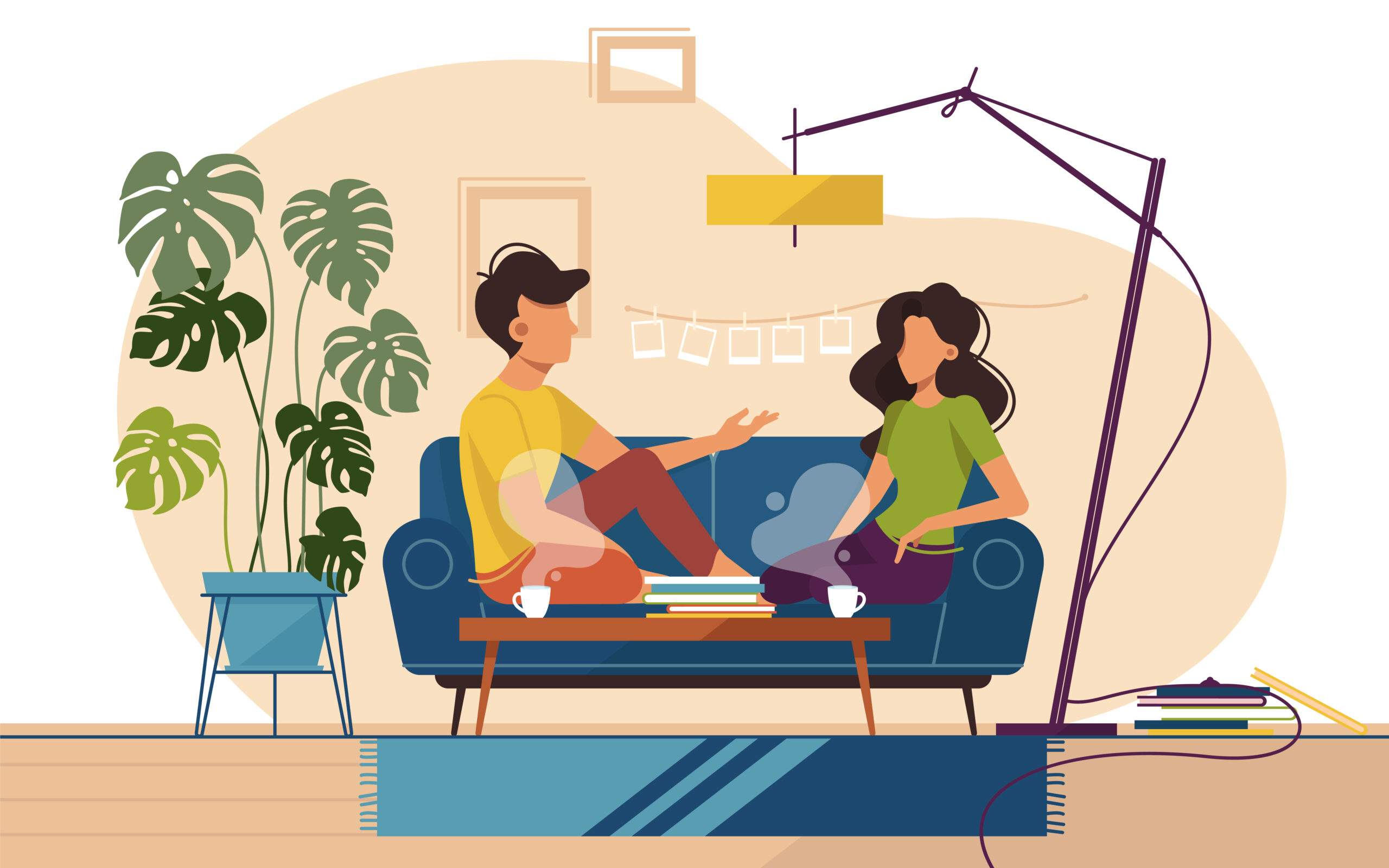Have you ever tried to have a conversation with somebody who wasn’t listening to you? Could you tell? Have you ever seen yourself nodding and smiling during a conversation while in your mind you were landing the space shuttle? Expertly, you might add. And do you think it was obvious you were in orbit?
Of all our communication skills, listening is the one most called upon—and neglected. Philosopher Martin Heidegger identified it as a key to maintaining meaningful relationships with family, friends, and even colleagues. But what is listening? Often we hear something and before we know it we’ve labeled, categorized, and shelved it. At its core, mindful listening is really just taking time instead to experience what we’re hearing in the moment.
Mindful Listening Takes Time
I recently had a conversation with one of my mindfulness students about why he had taken my class. He became tearful as he told me he wants to nurture a deeper connection with his wife, but has difficulty listening when she speaks because there are so many things in his head competing for attention. His dilemma is that he wants to pay attention to her but doesn’t know how. Most of us have difficulty focusing and sustaining our attention. So what happens when we continually get pulled to sports bloopers, or celebrity gossip, or fears, worries, and concerns beyond our control? Contrary to what we might wish to believe, evidence shows we can’t really focus on multiple things at once. So when I’m planning email responses in my head while you are talking to me, it is virtually impossible for me to adequately absorb both my emails and your boring, nonsensical babble, no judgment intended. The brain simply doesn’t function in this way.
Mindful listening takes time and effort, and it’s a skill that requires honing. The good news? You can hone your ability to listen.
You need to set a clear intention to be a better listener. Once you recognize yourself getting lost in your own thoughts while someone’s talking to you, take a breath, smile because you noticed, and redirect back to genuine listening. It’s like returning to your breath in meditation.
First, you need to set a clear intention to be a better listener. That way you create a frame of reference for checking in with yourself, so you can catch yourself getting lost in your own thoughts while someone’s talking to you. Once you recognize what you’re doing, take a breath, smile because you noticed, and redirect back to genuine listening. It’s like returning to your breath in meditation. And just like with meditation, noticing and returning to the present is really the goal. Your mind will drift away, so keep on coming back.
Once you set an intention to listen, you can work on going deeper in conversation. Listening involves paying attention both to what another person is saying, and what that person is trying to communicate beyond words. The HEAR practice (below) can help you cultivate deeper listening skills.
The very first time you give your attention to someone, I bet you’ll notice instant softening, openness, and connection.
How to Practice Mindful Listening: The HEAR Practice
- HALT — Halt whatever you are doing and offer your full attention.
- ENJOY — Enjoy a breath as you choose to receive whatever is being communicated to you—wanted or unwanted.
- ASK — Ask yourself if you really know what they mean and if you don’t, ask for clarification. Instead of making assumptions, bring openness and curiosity to the interaction. You might be surprised at what you discover.
- REFLECT — Reflect back to them what you heard. This tells them that you were really listening.
read more
3 Important Lessons on Mindful Conversation
To perform at our best in crucial conversations, marrying mindful intentions with mindful actions helps to ensure that you can make good on your good intentions. Read More
Deepen Your Relationships with Mindfulness
We can all benefit from taking a step back, appreciating the love we have in our lives, and making the time to show others we care about them. Read More










